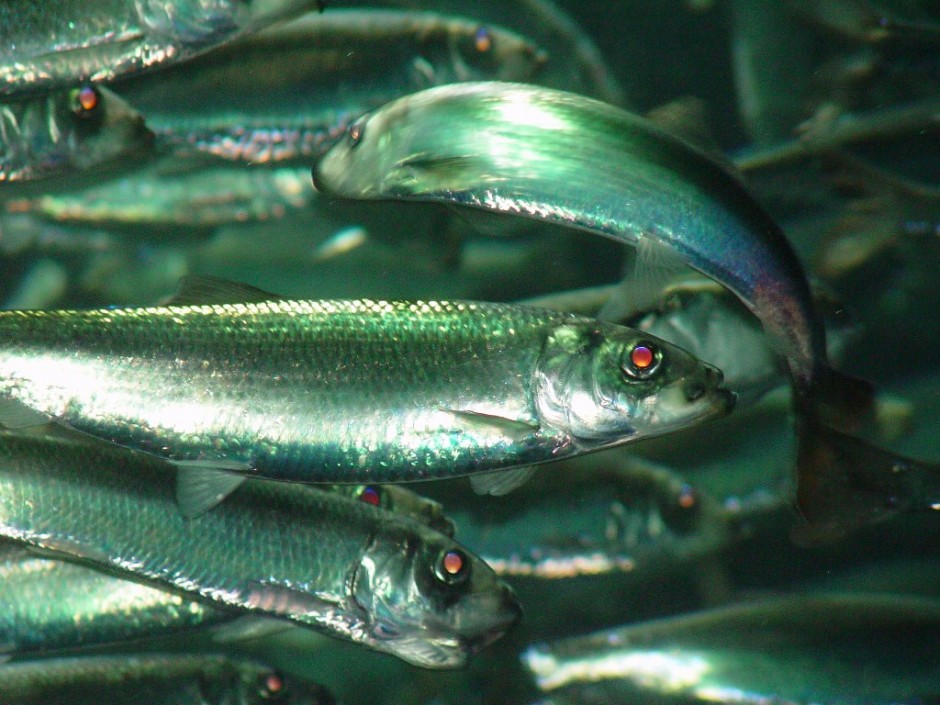State of the environment generally good and the Norwegian Sea is rich in species and supports a large biomass: the total weight of all living organisms in the area is estimated at 200 million tonnes, about three-quarters of which is zooplankton.
Both fish and marine mammals graze on the huge quantities of zooplankton. Fish that feed on zooplankton include herring, blue whiting, saithe and mackerel. Norwegian spring-spawning herring, which is the world’s largest herring stock, in turn provides food for other species further up the food chain.
Although conditions in the Norwegian Sea are generally good, some fish stocks are suffering from overfishing, and pollution, and climate change and ocean acidification may all have serious impacts.
Until fairly recently, various forms of use of sea areas like the Norwegian Sea and their resources have been managed quite separately. Today, integrated management of the marine environment has become an important priority. The Government presented a white paper on an integrated management plan for the Norwegian Sea in 2009.
The Norwegian Sea management plan describes the framework for activities in the area and describes steps that will be taken to protect particularly valuable and vulnerable areas.
